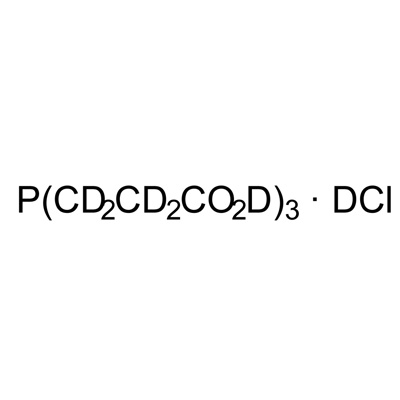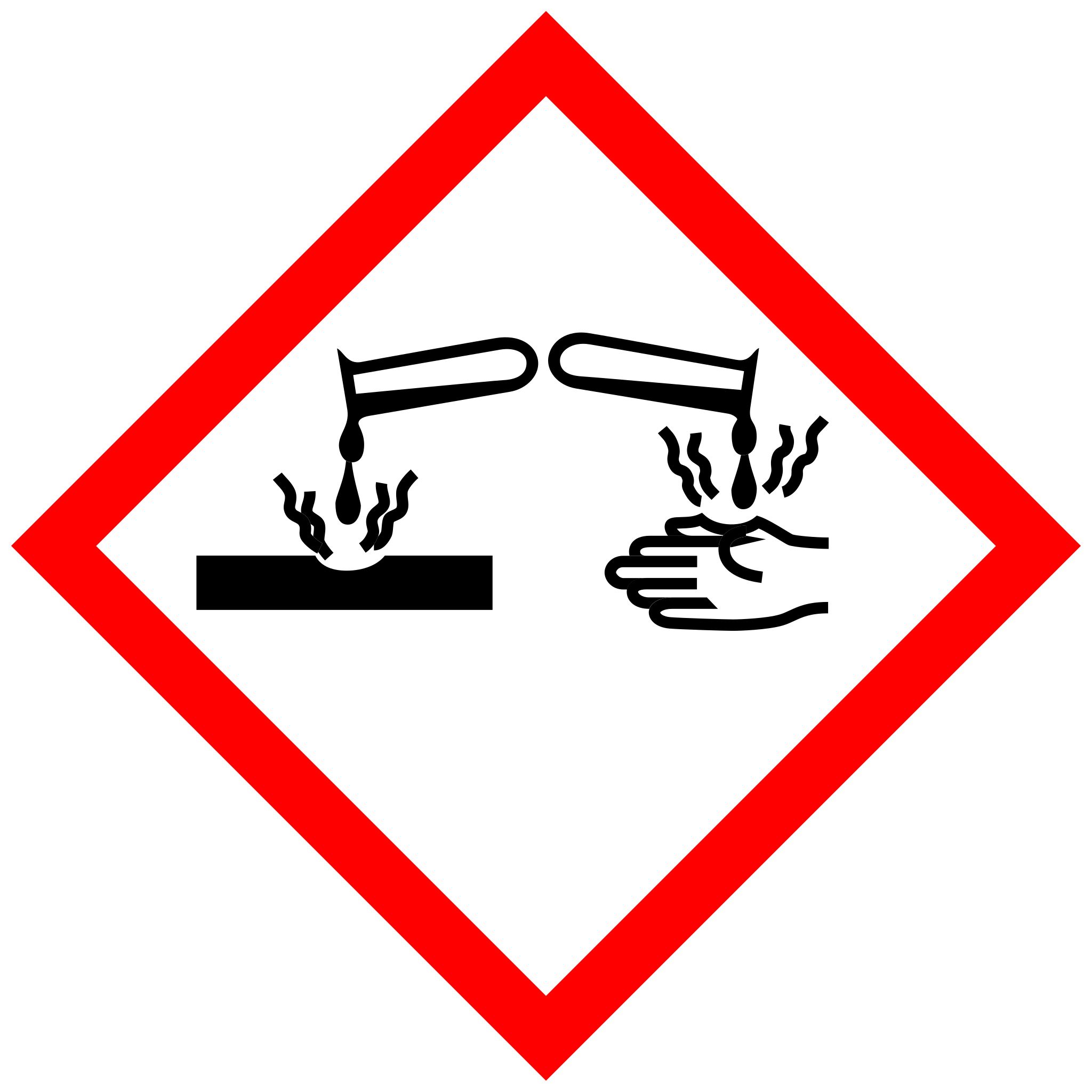Item No.DLM-6686-PK
Tris(2-carboxyethyl)phosphine·DCl (TCEP) (D₁₆, 98%)


Synonyms3-[Bis(2-carboxyethyl)phosphanyl]propanoic acid hydrochloride; 3,3′,3′′-Phosphinidynetrispropanoic acid hyrochloride
FormulaP(CD2CD2COOD)3·DCl
CAS Number Labeled1174025-33-2
CAS Number Unlabeled51805-45-9
EC Number
This item requires an export license when the destination country is CN (+Hong Kong),BY, IR, IL, LB, MO, PK, RU VE.
| Item no. | Package size | ||
|---|---|---|---|
| DLM-6686-PK | g |
Properties
Molecular Weight302.75
Chemical Purity97%
FormIndividual
ConcentrationNeat
Application(s)Biomolecular NMR
Storage TempStore at room temperature away from light and moisture.
Product Description
Tris (2-carboxyethyl)phosphine hydrochloride (TCEP) is a water-soluble reagent commonly used in biochemistry as a reducing agent for disulfide bonds in peptides and proteins. It can be used for both in vitro and in vivo applications and is more stable than DTT.
Application Descriptions
Safety Information
Hazard Pictograms

Signal WordDanger
Hazard StatementCauses severe skin burns and eye damage., Causes serious eye damage.
Reviews (0)
There are no reviews yet.
Item No.DLM-6686-PK
Tris(2-carboxyethyl)phosphine·DCl (TCEP) (D₁₆, 98%)


This item requires an export license
when the destination country is
CN (+Hong Kong),BY, IR, IL, LB, MO, PK, RU VE.
Synonyms3-[Bis(2-carboxyethyl)phosphanyl]propanoic acid hydrochloride; 3,3′,3′′-Phosphinidynetrispropanoic acid hyrochloride
FormulaP(CD2CD2COOD)3·DCl
CAS Number Labeled1174025-33-2
CAS Number Unlabeled51805-45-9
EC Number
This item requires an export license
when the destination country is
CN (+Hong Kong),BY, IR, IL, LB, MO, PK, RU VE.
| Item no. | Package size | ||
|---|---|---|---|
| DLM-6686-PK | g |
Properties
Molecular Weight302.75
Chemical Purity97%
FormIndividual
ConcentrationNeat
Application(s)Biomolecular NMR
Storage TempStore at room temperature away from light and moisture.
Product Description
Tris (2-carboxyethyl)phosphine hydrochloride (TCEP) is a water-soluble reagent commonly used in biochemistry as a reducing agent for disulfide bonds in peptides and proteins. It can be used for both in vitro and in vivo applications and is more stable than DTT.
Application Descriptions
Safety Information
Hazard Pictograms

Signal WordDanger
Hazard StatementCauses severe skin burns and eye damage., Causes serious eye damage.
Reviews (0)
There are no reviews yet.


 Deutsch (Deutschland)
Deutsch (Deutschland) Español (España)
Español (España) Français (France)
Français (France) 中文(中国)
中文(中国)